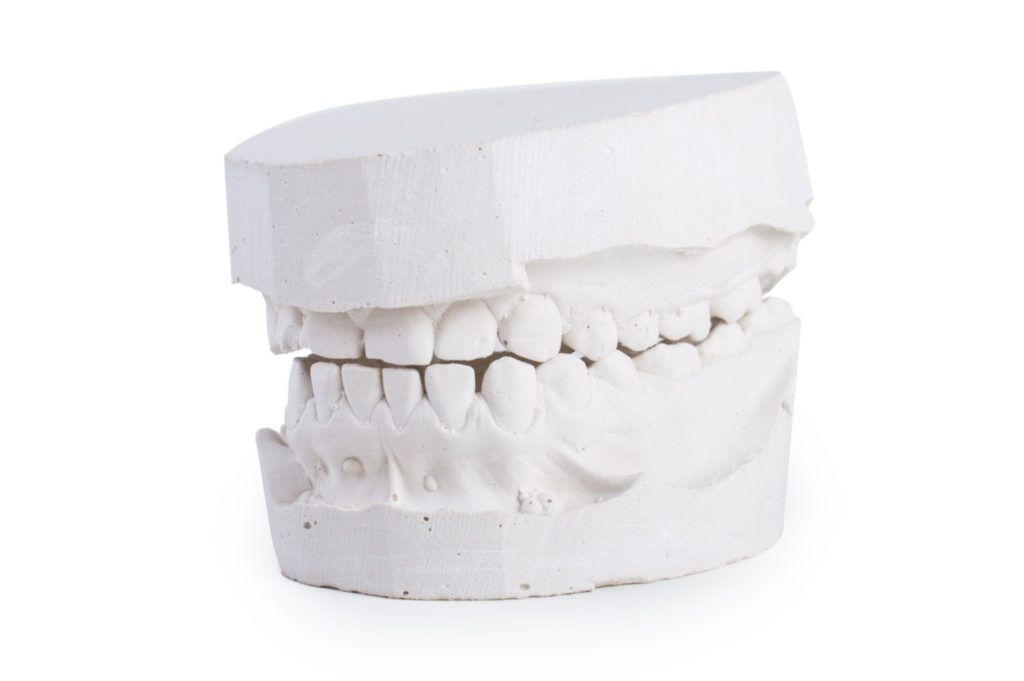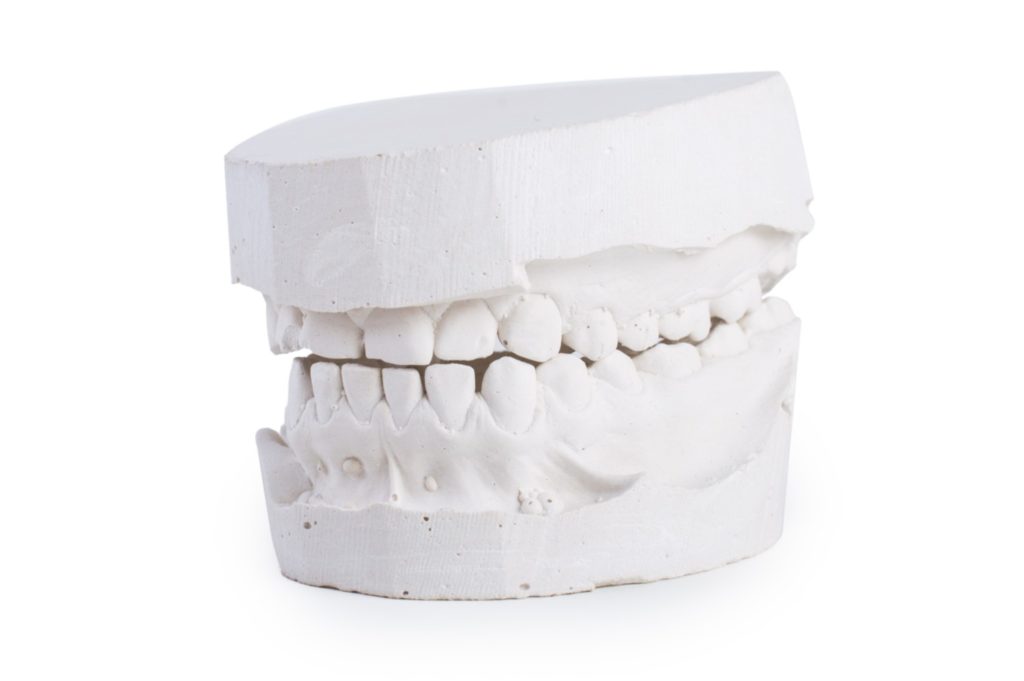Orthodontics might seem ultra modern, but they have been around just as long as the pyramids of Ancient Egypt. Orthodontics gradually developed into the sophisticated practice it is today with the help of varied devices and techniques. It is not surprising that the history of orthodontics goes back thousands of years as poorly aligned teeth and jaws have always affected our ability to chew and speak. Dr. Lee and 805 Orthodontics are proud to carry on the tradition of perfecting straight and healthy smiles!
Ancient Orthodontics
Crooked teeth in human remains have been found by archaeologists that date back 50,000 years. Something very similar to what orthodontists use today to correct misaligned teeth has been found in Egyptian mummies. Many of the mummies had crude metal bands around their teeth similar to today’s orthodontic wire, and archaeologists believed that catgut, a type of cord made from the natural fibers of an animal’s intestines, was tied to these bands to provide the pressure needed to close gaps in the teeth and mouth. Even Cleopatra wore a pair!
Other Ancient people, including the Greeks, the Etruscans, and the Romans, also practiced orthodontia. Etruscan women used gold bands to to maintain space and prevent collapse of the teeth during the afterlife. The first known description of tooth irregularities was written down by the Ancient Greek physician Hippocrates around 400 B.C. Both Hippocrates and Aristotle contemplated ways to straighten teeth and fix various dental conditions. 400 years later a Roman writer named Celsus recommended bringing newly emerged teeth into their proper position by regularly pushing them with your fingers. Around the same time another Roman named Pliny the Elder, advised filing elongated teeth to size. Roman tombs have been found with a number of teeth bound with gold wire documented as a ligature wire, a small elastic wire that is used to affix the arch wire to the bracket. Little research was carried out on dental braces until around the 17th century due to lack of evidence, poor preservation of bodies, and primitive technology.

The 17th and 18th Centuries
Around the beginning of the 17th century Matthaeus Gottfried Purmann reported using wax to take dental impressions. Then Phillip Pfaff began to use plaster of Paris in 1756.
Progress in orthodontics stalled until the 18th century,when a surge in development of dental techniques began to take place. Pierre Fauchard is considered the Father of Dentistry. In 1728 he published a book on the methods of straightening teeth entitled The Surgeon Dentist. He invented an appliance called bandeau: a horseshoe-shaped strip of metal that contained regularly spaced holes to fit around the teeth and correct their alignment. Fauchard operated on patients with a set of forceps called a pelican. He would forcibly realign teeth and tie them to the neighboring teeth to hold them in place while they healed.
In 1754, the dentist to the King of France, Louis Bourdet, followed Fauchard’s book with his own entitled The Dentist’s Art, and dedicated a chapter to tooth alignment and application. He perfected the bandeau, and was the first dentist on record to recommend extraction of the premolar teeth to alleviate crowding and improve jaw growth. A few years later, Christophe-François Delabarre introduced the wire crib, which marked the birth of contemporary orthodontics. He tried to separate overcrowded teeth by inserting swelling threads or wooden wedges between each space.
Orthodontics in the United States
Although teeth and palate straightening had been practiced since early times, orthodontics, as a science of its own, did not really exist until the mid-19th century. Several important dentists helped to advance dental braces with specific instruments and tools that allowed braces to be improved, and most of these significant contributions began in the United States. In 1822, J.S. Gunnell invented the occipital anchorage, a form of headgear that fastened to the jaw from the outside of the mouth to exert gentle pressure on the teeth. In 1840, Chapin A. Harris published the first classic book on dentistry, The Dental Art. It outlined practices like soldering knobs on bands to assist with tooth rotation, and applying gold caps to molars to open the dental bite. Charles Goodyear invented vulcanized rubber in 1839, and orthodontists realized the potential of the new material. E.G. Tucker became the first American dentist to use rubber in an orthodontic appliance by cutting rubber bands from rubber tubing in 1850. Norman William Kingsley, who was a dentist, writer, artist, and sculptor, wrote the first article on orthodontics. He published his book, Treatise on Oral Deformities, in 1880. John Nutting Farrar was the first dentist to suggest the use of mild force at timed intervals to move teeth and wrote two volumes on the subject entitled A Treatise on the Irregularities of the Teeth and Their Corrections.

Entering the 20th Century
Edward Hartley Angle is considered the Father of Modern Orthodontics. Beginning in 1880, he identified the true properties of a malocclusion, or misalignment, and addressed them with an increasingly effective set of orthodontic appliances.
Prior to the 1970s, orthodontists had anchored brackets to teeth by winding wires around each tooth. But the invention of dental adhesives meant that they could instead stick the brackets to teeth surfaces. At this time stainless steel replaced gold and silver as the most popular choice for wires due to its manipulability, which also reduced the cost of braces significantly. Lingual braces, which run along the inside surface of teeth, were also introduced around this time to address the aesthetic concerns we still have today.
So whether you want to have the straight smile of a queen like Cleopatra, or are looking for the healthiest smile you can have, 805 Orthodontics is here to help you achieve your dreams! Call us, or stop by our Oxnard and Santa Paula offices today.

